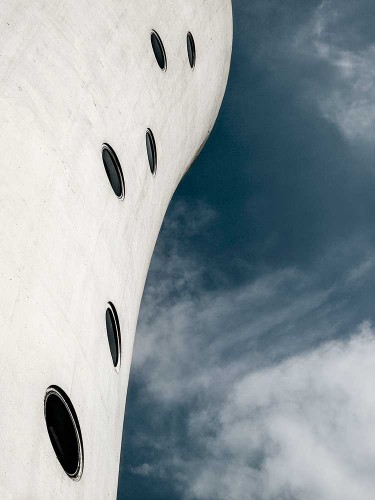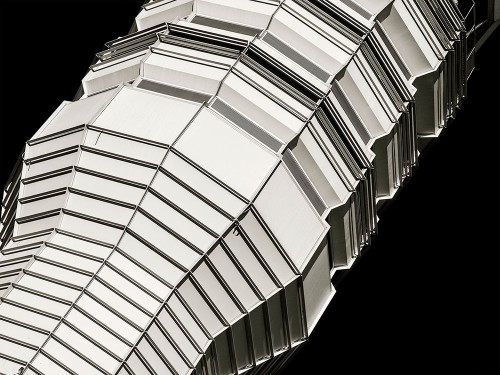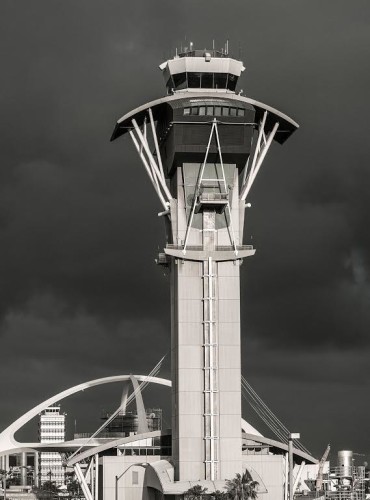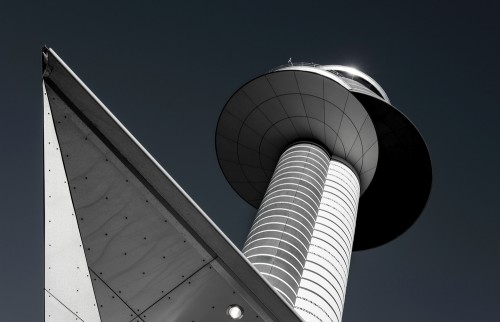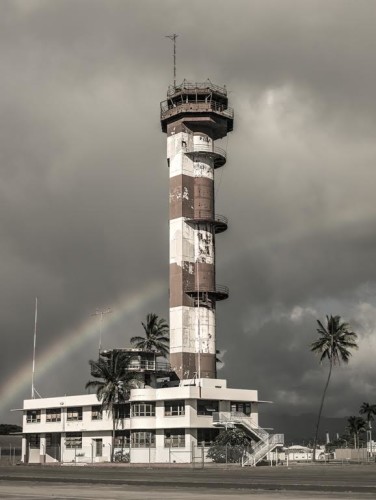I had the great pleasure of speaking with photographer Carolyn Russo about her book Art of the Airport Tower and the companion exhibition at the Smithsonian Air & Space Museum for this story on NBC News.
The book is now on my holiday wish list and I’m planning a trip to Washington, D.C. so I can see the images on display. See you there.. .
A chance glance out the window as her flight landed at New York’s LaGuardia airport in 2006 led photographer Carolyn Russo to discover beauty in an unusual place – the port-holed façade of the control tower. And it ultimately led to a new exhibit at the Smithsonian’s Air & Space Museum in Washington, D.C., and a companion book celebrating airport control towers worldwide.
“(I) saw that tower and thought, ‘Oh my god, this thing is gorgeous!” It really did look like Swiss Cheese,” said Carolyn Russo, a staff photographer and museum specialist at the Air & Space Museum.
Russo went on to photograph the LaGuardia tower, along with 84 other historical and contemporary towers in 23 countries. And she came to see the structures as “unsung heroes … non-judgmental cultural greeters” and important city landmarks.
“I want people to have a greater appreciation for an artifact in the airport landscape that is too big to put in a museum collection,” said Russo.
The tower at Los Angeles International Airport is one of Russo’s favorites, “because it was built specifically to be an iconic landmark that people notice.” She also delights in a tower in Abu Dhabi created to look like a crescent and, to her, a flowing robe, and the tower at Kuala Lumpur airport intended to look like a tree to blend in with the “airport in a forest” design.
At the Stockholm-Arlanda Airport, the control tower designer put two cab-like pieces at the top meant to symbolize two ravens from Norse mythology.
“That’s also the only tower I know of where you can pay a fee and get married at the top,” says Russo. “That doesn’t happen where the controllers sit, but you get champagne, chocolate-covered strawberries and this amazing view.”
To find the perfect spot to take a control tower’s portrait, Russo worked with the Federal Aviation Administration, with airport authorities, governments and air traffic control agencies around the world.
Photos of some contemporary towers don’t look like towers at all, due to the unusual angle Russo chose, but for many historical towers, “I photographed them objectively and tried to make them timepieces left behind from another aviation era,” said Russo.
Most images are in black and white. But when photographing the Ford Island Field Control Tower, a National Historic Landmark at Pearl Harbor in Hawaii, a rainbow came out during the photo shoot, so Russo left the color in.
And while Russo made sure to photograph some of the oldest airport control towers, including some now demolished or about to be, she also includes two brand new ones in Sweden that are managed by remote control.
“These are metal structures that have cameras, sound sensors and other equipment that allow the controllers to be 100s of miles away in an office with 360-degrees of LCD screens,” said Russo. “The towers aren’t beautiful, but I include them to tell the story of possibly one of the directions we will be moving with some airport traffic control.”
The exhibition “Art of the Airport Tower” opens Wednesday at the Smithsonian National Air and Space Museum in Washington, D.C., and runs through November 2016. It includes more than 50 of the 100 airport control tower images in Russo’s book of the same name.
Thanks for visiting Stuck at the Airport. Subscribe to get daily travel tidbits. And follow me on Twitter at @hbaskas and Instagram.
